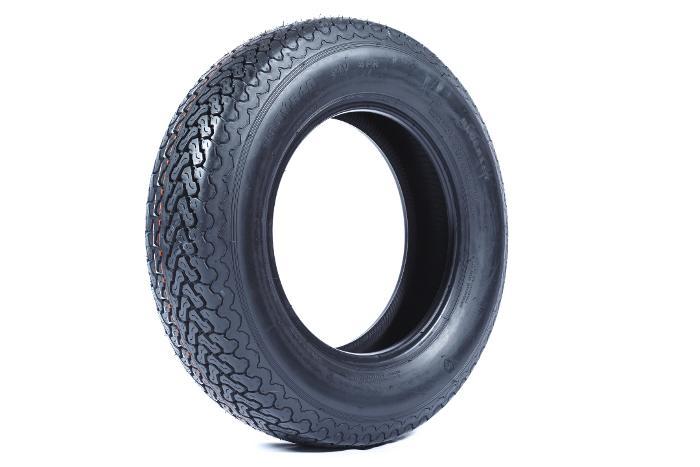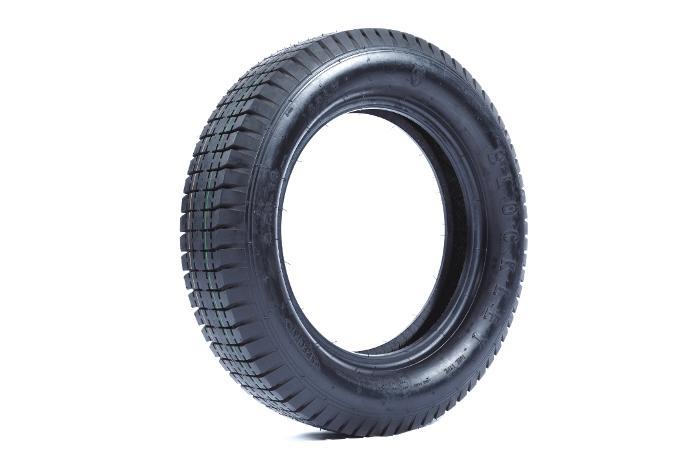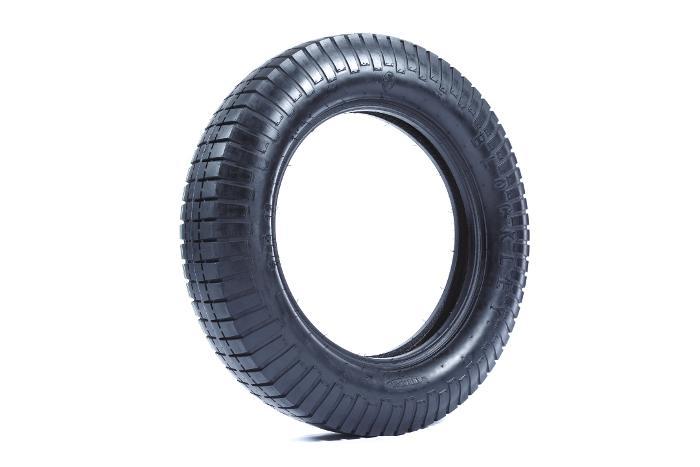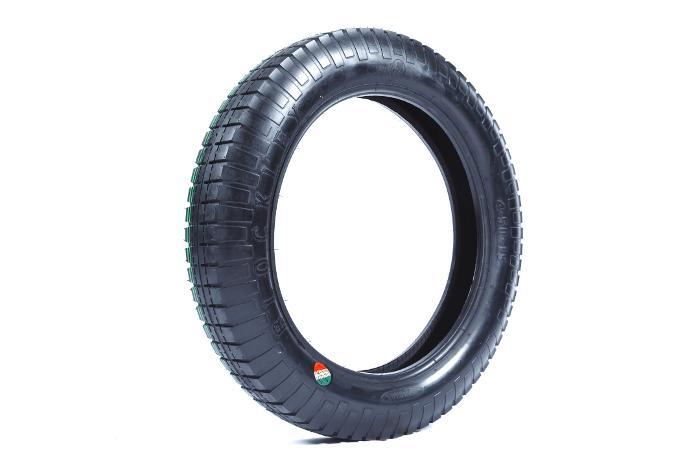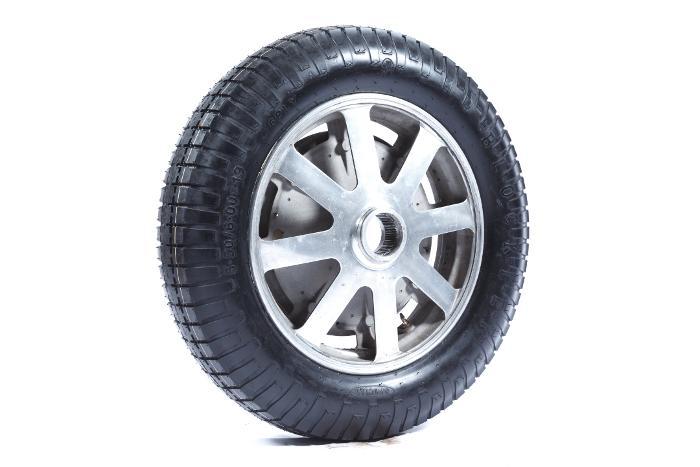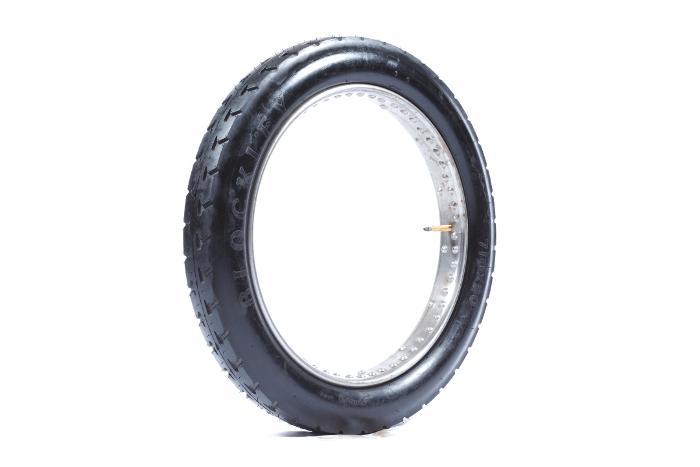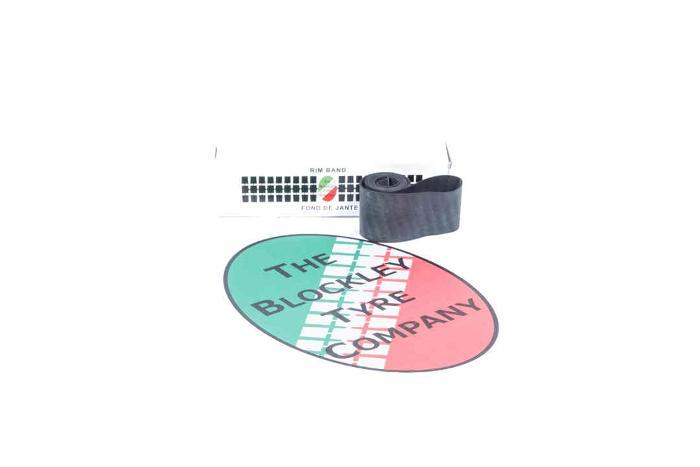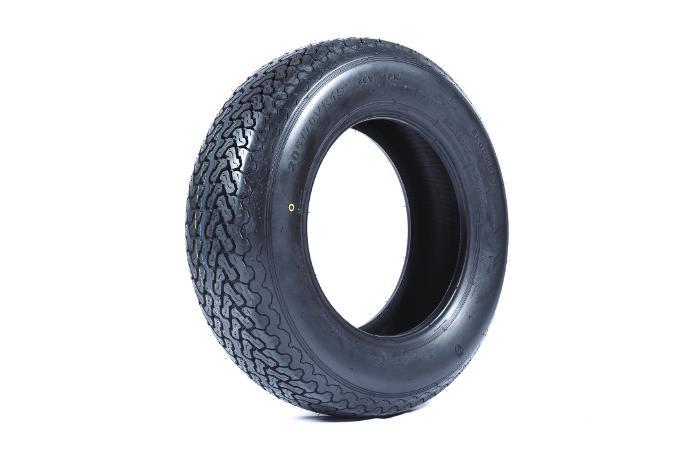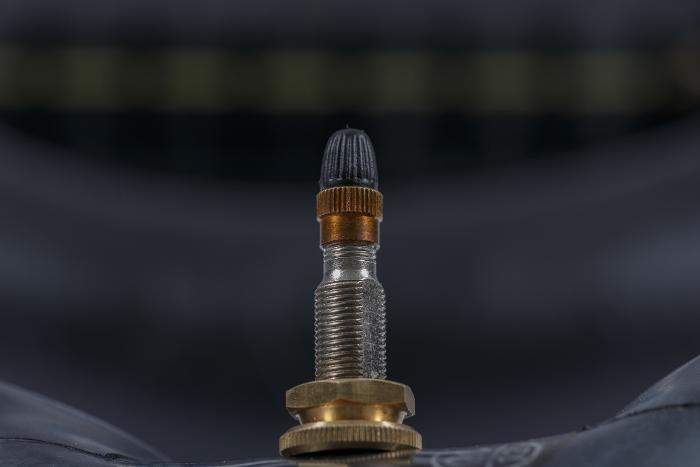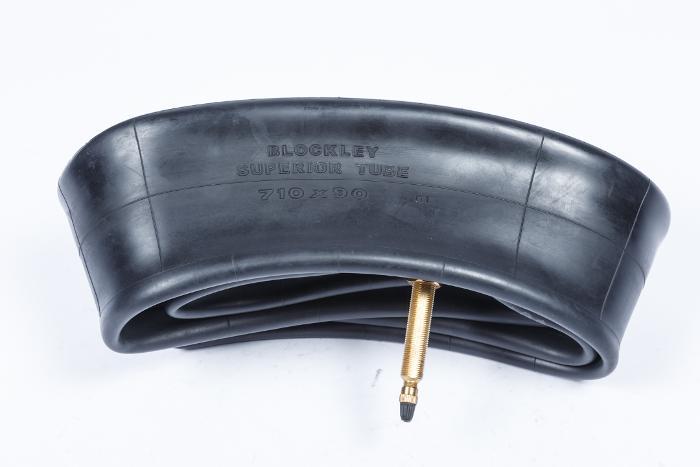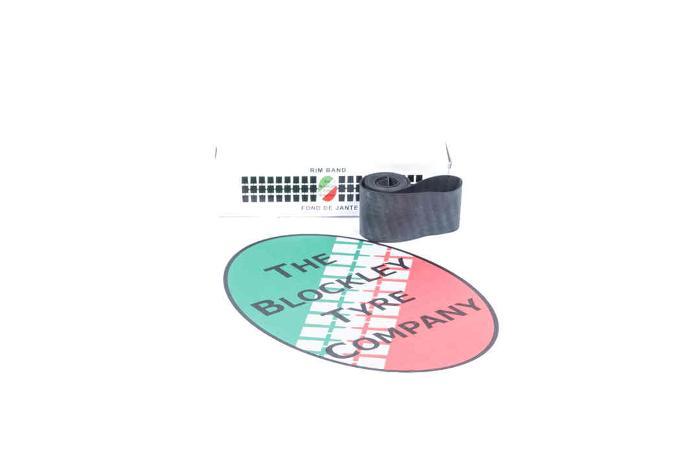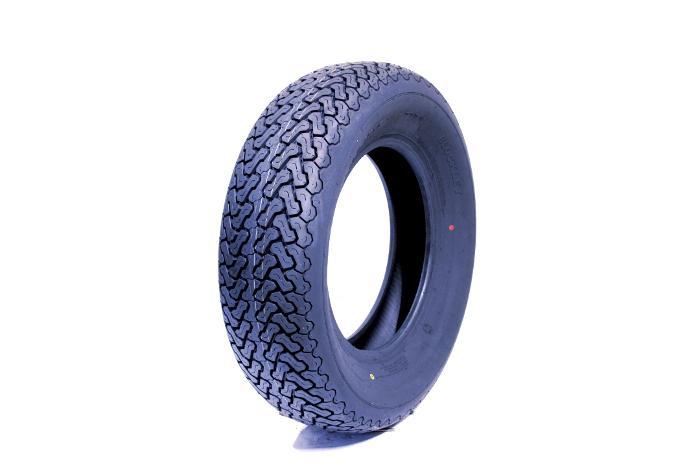AC
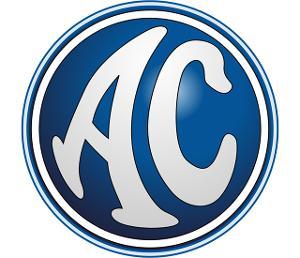
AC was started in 1900 as Autocar and Accessories Ltd by John Portwine who had made a fortune in the butchery business, with technical input from John Weller. But the vehicles were too costly and later in 1907 switched to tri-car.. The AC Sociable must be the best known of tricars built up to the first war, and was the template for so much that came later, with it's front opening and moveable steering wheel for access. Post 1918 there were the 10 and 12hp light cars followed by the 6 cylinder cars in 1922. Larger vehicles followed on. Their 6 cylinder 2 litre engine designed in the 1920's carried on in production, with minor changes, through to many pre war models (such as the well known 16/80), until an unbelievable 1963 in the Ace and Aceca, some 40 years later!
AC had specialized more in sportscars, and postwar they were making something like 5 cars per week. Their break came when they agreed to pay a royalty to John Tojeiro to build copies of his Tojeiro sportscar, which became their AC Ace, star of the 1953 Motor Show, fitted with the AC Powerplant. A year later the enclosed Aceca followed. By 1956 the option of a more powerful Bristol engine was offered when engine supply dried up from 1961 both models had the more powerful Ruddspeed tuned 2.6 litre Zephyr engines fitted. Not to be forgotten is the longer wheelbase 4 seater AC Greyhound. AC became more of a household name after the Cobra was created with Carroll Shelby using that same Tojeiro designed chassis, and although under the guise of Shelby, this was financed by Ford. Starting in 1962 with the small Ford "260" (4260cc) and "289" (4727cc) it progressed to the 7 litre "427" made from 1965 to 1969. AC also made their more "civilised" road cars in fixed head or drophead forms called the AC 427 and for 1967 the AC428.
